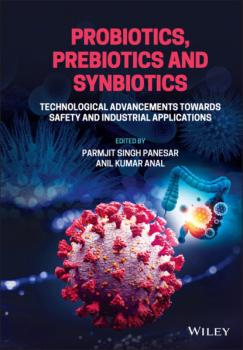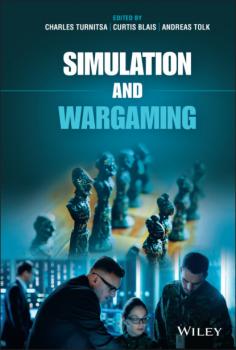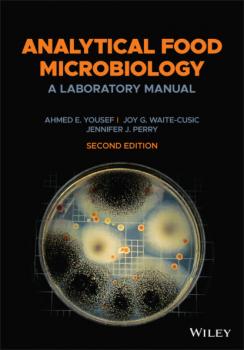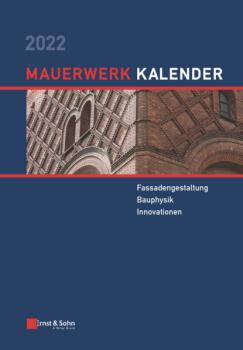ТОП просматриваемых книг сайта:
ЛИТМИР - LITMIR.BIZ - Электронная библиотека
Скачивание или чтение онлайн электронных книг.Аннотация
INTELLIGENT SYSTEMS FOR REHABILITATION ENGINEERING Encapsulates different case studies where technology can be used as assistive technology for the physically challenged, visually and hearing impaired. Rehabilitation engineering includes the development of technological solutions and devices to assist individuals with disabilities, while also supporting the recovery of the disabled who have lost their physical and cognitive functions. These systems can be designed and built to meet a wide range of needs that can help individuals with mobility, communication, vision, hearing, and cognition. The growing technological developments in machine learning, deep learning, robotics, virtual intelligence, etc., play an important role in rehabilitation engineering. Intelligent Systems for Rehabilitation Engineering focuses on trending research of intelligent systems in rehabilitation engineering which involves the design and development of innovative technologies and techniques including rehabilitation robotics, visual rehabilitation, physical prosthetics, brain computer interfaces, sensory rehabilitation, motion rehabilitation, etc. This groundbreaking book Provides a comprehensive reference covering different computer assistive techniques for the physically disabled, visually and hearing impaired. Focuses on trending research of intelligent systems in rehabilitation engineering which involves the design and development of innovative technologies and techniques. Provides insights into the role of intelligent systems in rehabilitation engineering. Audience Engineers and device manufacturers working in rehabilitation engineering as well as researchers in computer science, artificial intelligence, electronic engineering, who are working on intelligent systems.
Аннотация
The new edition of the highly regarded laboratory manual for courses in food microbiology Analytical Food Microbiology: A Laboratory Manual develops the practical skills and knowledge required by students and trainees to assess the microbiological quality and safety of food. This user-friendly textbook covers laboratory safety, basic microbiological techniques, evaluation of food for various microbiological groups, detection and enumeration of foodborne pathogens, and control of undesirable foodborne microorganisms. Each well-defined experiment includes clear learning objectives and detailed explanations to help learners understand essential techniques and approaches in applied microbiology. The fully revised second edition presents improved conventional techniques, advanced analytical methodologies, updated content reflecting emerging food safety concerns, and new laboratory experiments incorporating commercially available microbiological media. Throughout the book, clear and concise chapters explain culture- and molecular-based approaches for assessing microbial quality and safety of diverse foods. This expanded and updated resource: Reviews aseptic techniques, dilution, plating, streaking, isolation, and other basic microbiological procedures Introduces exercises and relevant microorganisms with pertinent background information and reference material Describes each technique using accessible explanatory text, detailed illustrations, and easy-to-follow flowcharts Employs a proven “building block” approach throughout, with each new chapter building upon skills from the previous chapter Provides useful appendices of microbiological media, recommended control organisms, available supplies and equipment, and laboratory exercise reports With methods drawn from the authors’ extensive experience in academic, regulatory, and industry laboratories, Analytical Food Microbiology: A Laboratory Manual, Second Edition, is ideal for undergraduate and graduate students in food microbiology courses, as well as food processors and quality control personnel in laboratory training programs.










